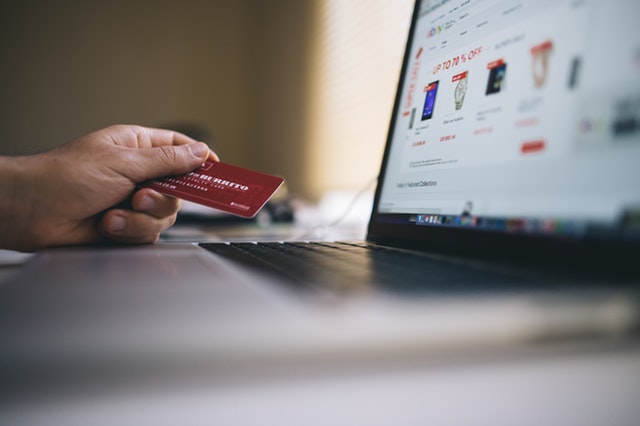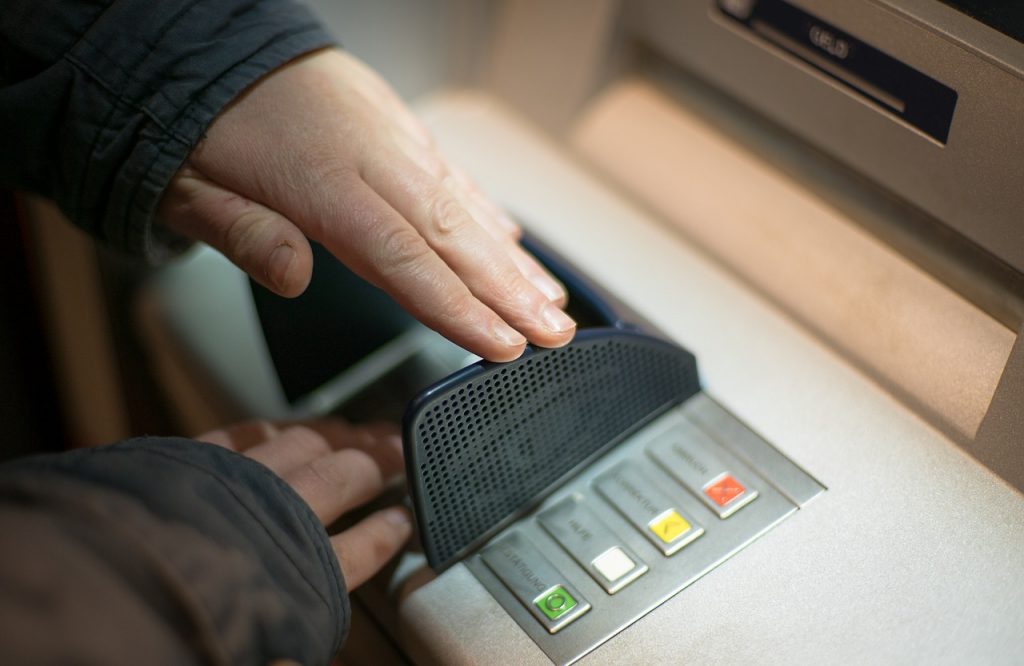A trip to the bank is not always pleasant. Sometimes the teller lines or automated queues are too long (the counter is on customer number 45, and you’re customer number 70, for instance), you’re not satisfied with the customer service, or you feel like the teller is being difficult on purpose. I haven’t had any truly unpleasant experiences in the bank (thank goodness), but I can’t say the same for others.
To be fair, major banks in the United States—andin other countries too, I daresay—havebeen automating their processes in the last decade in a bid to make personal banking more convenient. They’re making some transactions available to customers outside their establishments and beyond banking hours. It’s just a matter of finding out what these services are and how we can make the most of them.
Below are three methods which I’ve found to be very helpfulas they’ve simplified how I transact with my bank.
Pay with Your Debit Card
It’s happened several times before that only when it’s my turn at the supermarket counter that I’d realize I don’t have enough cash in my wallet to cover the cost of my groceries. As a firm believer in paying for cash whenever you can, I’d put on a brave face and ask if the person next to me would kindly save my spot while I sprint to the ATMs. But if there are none of my bank’s ATMs nearby, Ipay with my debit card.
Avoid withdrawing cash from another bank’s ATM as you get penalized for transacting outside the usual network. Non-network ATM fees are at around $2.00 to $3.50. Your bank may also charge you for using another company’s ATM. As of October last year, Bankrate.com says the average total fee for non-network withdrawal is $4.69. That’s not a sum you can shrug off if you regularly conduct transactions on non-network ATMs.
If your bill doesn’t exceed the daily withdrawal or payment limit on your debit card, however, don’t be afraid to use it. This is a better optionthan having to hunt for an ATM or withdrawing over the counter.
Use Online Channels and Mobile Banking Apps
 All the major banks in the country built online banking websites and mobile apps to make personal banking easier for all of us. Although the each strive to offer a unique online banking feature to please current customers and attract new accounts, most, if not all of them,provide the following services and features:
All the major banks in the country built online banking websites and mobile apps to make personal banking easier for all of us. Although the each strive to offer a unique online banking feature to please current customers and attract new accounts, most, if not all of them,provide the following services and features:
- Balance checking
- Recent transactions summary
- Checks deposit
- Money transfer
- Online payment
- Digital bank statement generation
- Multiple accounts management
- Mobile and email alerts
These are simple transactions for which you don’t need assistance from a teller. But there are exceptions.
For instance, if you’re transferring or paying a large sum to a virtual stranger, it will give you peace of mind if the bank confirms that the account is legitimate and its owner’s name checks out with the information you have.Another exception could be customer service concerns, problem resolutions, and other complex transactions best done in person.
Many people use online banking services; so should you. They are helpful perks that can save you one or more visits to your bank.
Call Before Visiting Your Bank
If you have an urgent concern you can’t or don’t feel confident resolving through online communications, call your bank. They may be able to give you an answer right away and save you the trouble of a visit. At the very least, you can ask for a briefing on what to do, where to go, whom to talk to, and what you need to bring when you go to the bank.
Calling ahead saves you the hassle of going back and forth, retrieving documents from various sources. It is the simplest thing to do, yet it could give you significant relief.If you know what to do and have an idea of how your bank plans to solve your problem, you’re less likely to feel stressed and frustrated.
Nothing can guarantee that all your bank visits will be fruitful and hassle-free. I have no intention of disparaging banks, only that there are avenues now that allow us to transact without much hassle. I’m all for convenient and efficient personal banking.

